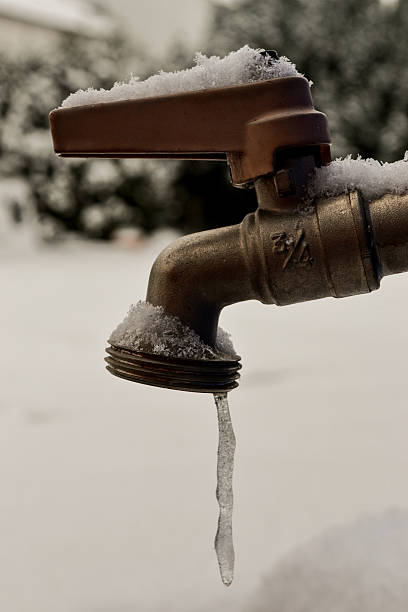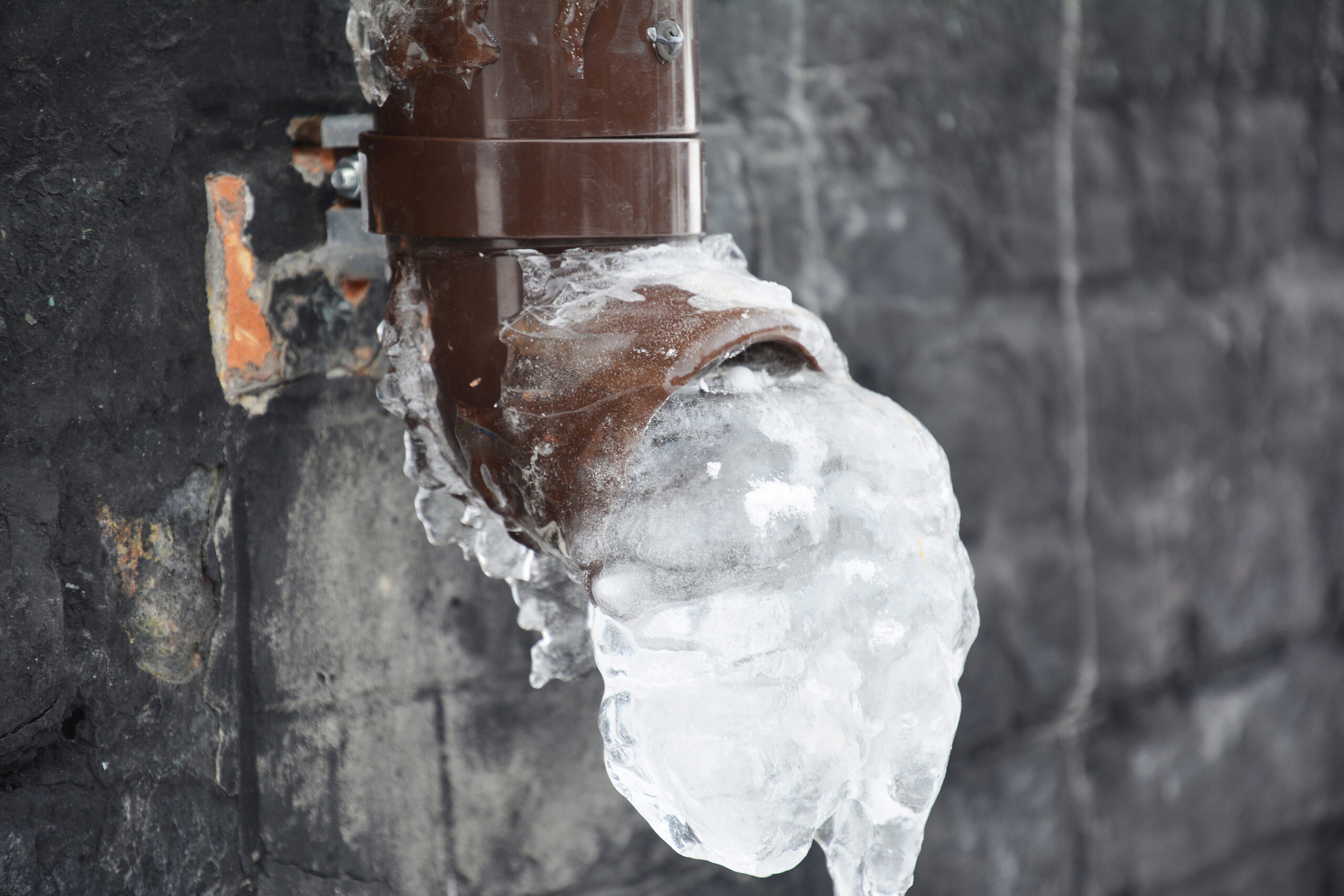Do you find yourself interested in critical info involving Helpful Tips to Prevent Frozen Pipes this Winter?

Winter can ruin your pipes, specifically by freezing pipelines. Below's just how to avoid it from occurring and what to do if it does.
Introduction
As temperature levels drop, the danger of icy pipelines increases, potentially bring about costly repair work and water damages. Recognizing just how to prevent frozen pipes is important for house owners in cool environments.
Recognizing Icy Pipes
What creates pipes to ice up?
Pipes freeze when revealed to temperatures listed below 32 ° F (0 ° C) for extended durations. As water inside the pipelines freezes, it broadens, taxing the pipe wall surfaces and possibly causing them to rupture.
Dangers and damages
Frozen pipelines can lead to water supply interruptions, building damage, and pricey repair work. Burst pipes can flood homes and create comprehensive structural damage.
Indications of Frozen Piping
Recognizing icy pipes early can prevent them from bursting.
How to identify icy pipelines
Try to find reduced water flow from faucets, uncommon smells or noises from pipes, and noticeable frost on subjected pipes.
Prevention Tips
Shielding prone pipes
Cover pipes in insulation sleeves or use warmth tape to safeguard them from freezing temperature levels. Concentrate on pipes in unheated or outside areas of the home.
Home heating techniques
Maintain indoor areas properly warmed, especially locations with pipes. Open cupboard doors to allow warm air to flow around pipelines under sinks.
Shielding Outdoor Pipes
Yard hose pipes and exterior faucets
Detach and drain pipes garden pipes before winter season. Mount frost-proof spigots or cover outside taps with shielded caps.
What to Do If Your Pipes Freeze
Immediate actions to take
If you presume icy pipelines, keep faucets open up to soothe stress as the ice thaws. Make use of a hairdryer or towels taken in hot water to thaw pipes gradually.
Long-Term Solutions
Structural changes
Take into consideration rerouting pipes far from exterior wall surfaces or unheated locations. Add added insulation to attic rooms, cellars, and crawl spaces.
Updating insulation
Purchase high-grade insulation for pipelines, attics, and walls. Correct insulation helps keep constant temperatures and minimizes the risk of icy pipes.
Verdict
Avoiding icy pipes calls for proactive procedures and quick reactions. By recognizing the causes, indications, and safety nets, homeowners can secure their pipes throughout cold weather.
5 Ways to Prevent Frozen Pipes
Drain Outdoor Faucets and Disconnect Hoses
First, close the shut-off valve that controls the flow of water in the pipe to your outdoor faucet. Then, head outside to disconnect and drain your hose and open the outdoor faucet to allow the water to completely drain out of the line. Turn off the faucet when done. Finally, head back to the shut-off valve and drain the remaining water inside the pipe into a bucket or container. Additionally, if you have a home irrigation system, you should consider hiring an expert to clear the system of water each year.
Insulate Pipes
One of the best and most cost-effective methods for preventing frozen water pipes is to wrap your pipes with insulation. This is especially important for areas in your home that aren’t exposed to heat, such as an attic. We suggest using foam sleeves, which can typically be found at your local hardware store.
Keep Heat Running at 65
Your pipes are located inside your walls, and the temperature there is much colder than the rest of the house. To prevent your pipes from freezing, The Insurance Information Institute suggests that you keep your home heated to at least 65 degrees, even when traveling. You may want to invest in smart devices that can keep an eye on the temperature in your home while you’re away.
Leave Water Dripping
Moving water — even a small trickle — can prevent ice from forming inside your pipes. When freezing temps are imminent, start a drip of water from all faucets that serve exposed pipes. Leaving a few faucets running will also help relieve pressure inside the pipes and help prevent a rupture if the water inside freezes.
Open Cupboard Doors
Warm your kitchen and bathroom pipes by opening cupboards and vanities. You should also leave your interior doors ajar to help warm air circulate evenly throughout your home.

Do you like reading up on Winter Plumbing Precautions: Preventing Frozen Pipes? Give feedback down the page. We will be glad to know your reactions about this posting. Hoping that you visit us again soon. Are you aware of somebody who is serious about the subject? Be sure share it. Thank you for going through it.
Call